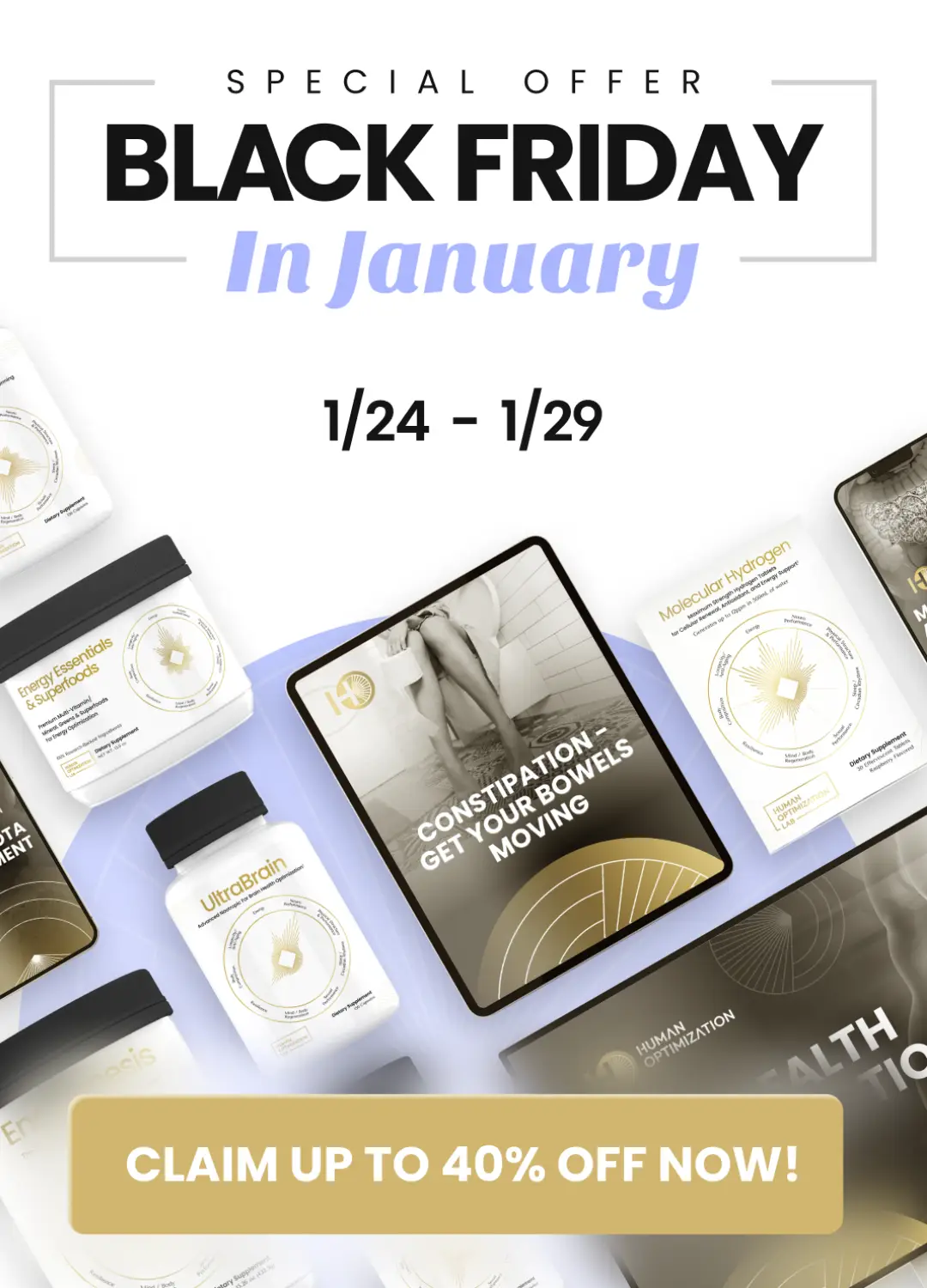The most powerful, evidence-based supplements for energy and brain optimization.
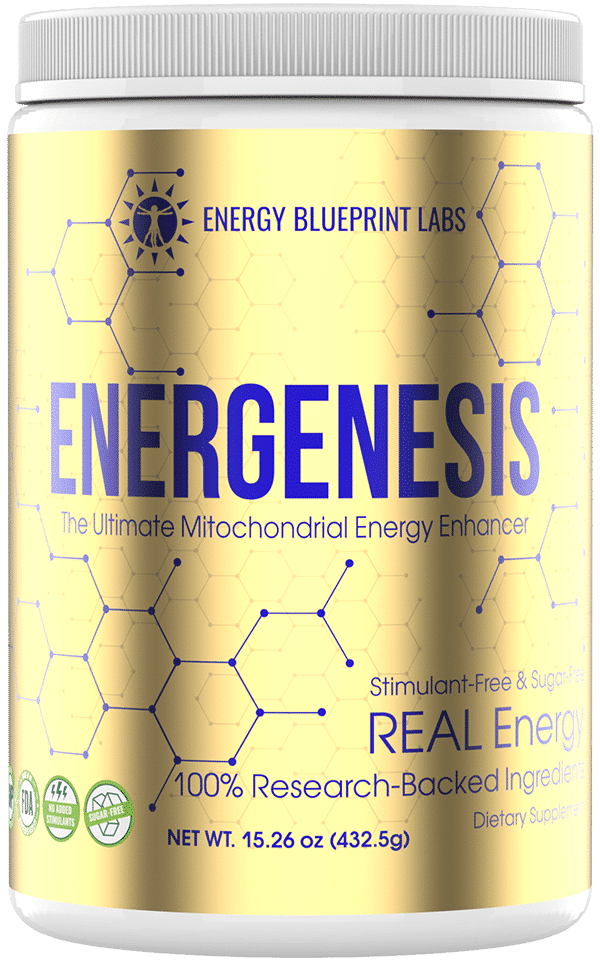
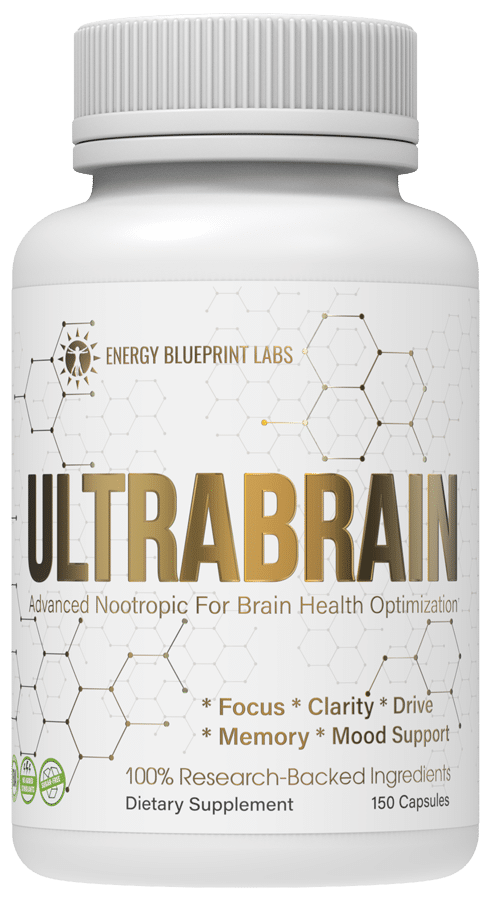
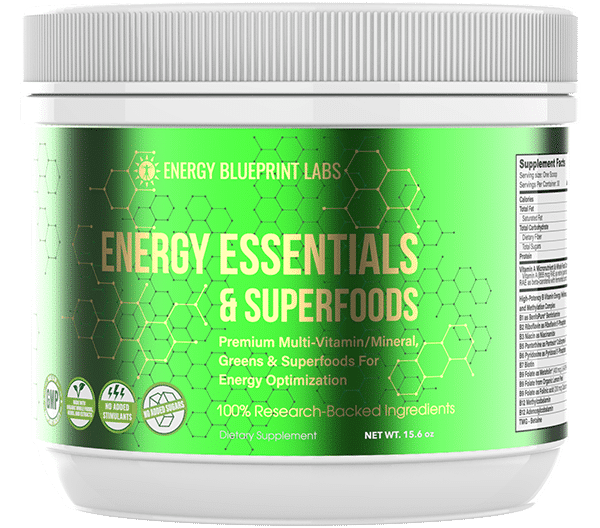
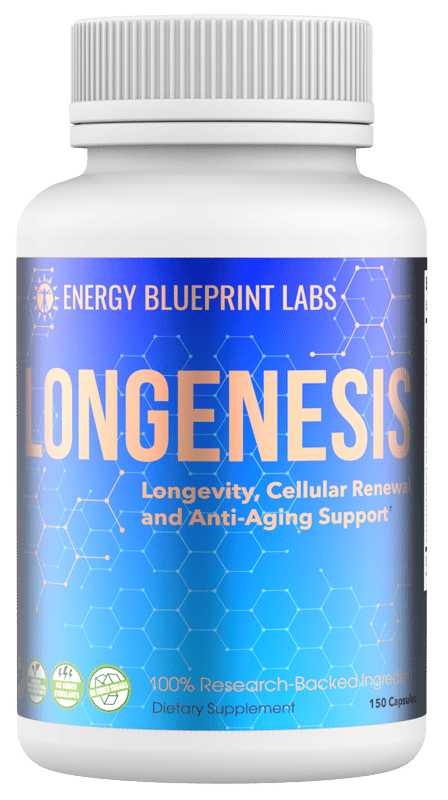

Ari Whitten
Founder of The Energy Blueprint and Creator of Energenesis & UltraBrain
Our Products


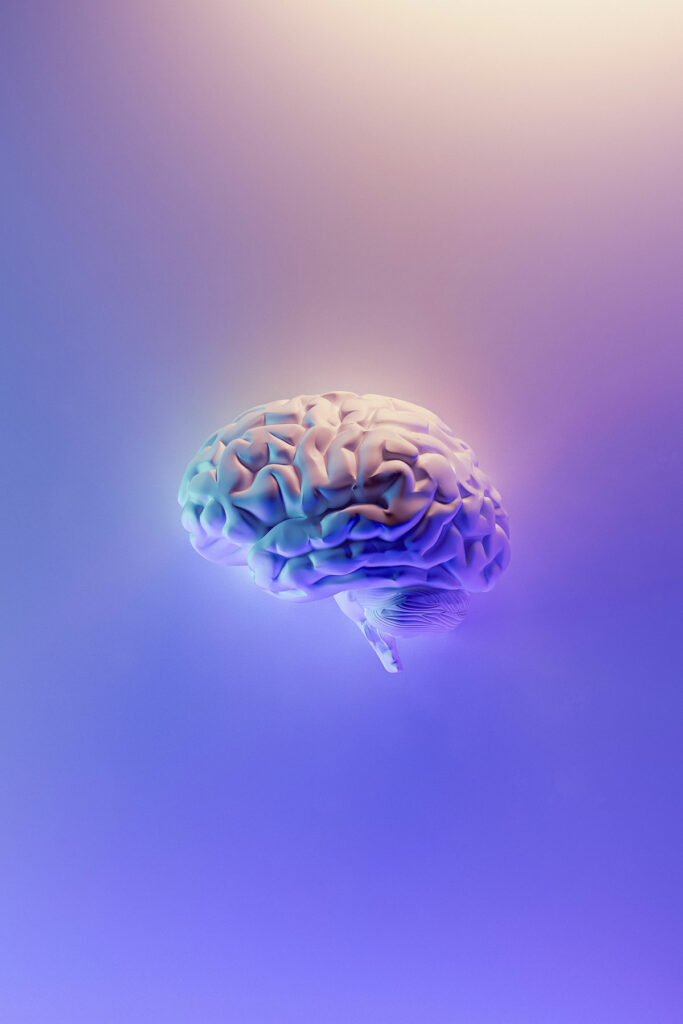
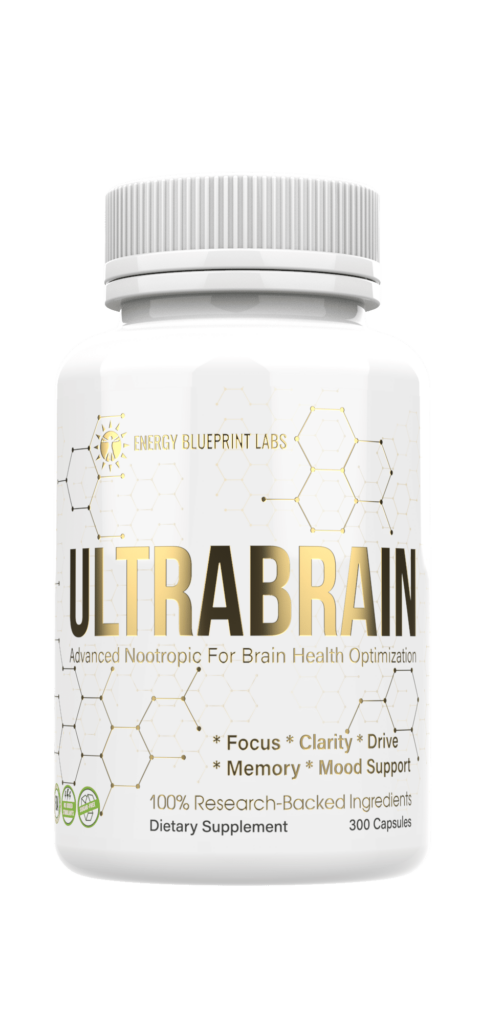
UltraBrain
The next generation brain supplement that’s packed with the nutrition your brain needs to heal and function at its full power.


Energy Essentials & superfoods
The most advanced and comprehensive multivitamin / multimineral / superfoods blend on the market.
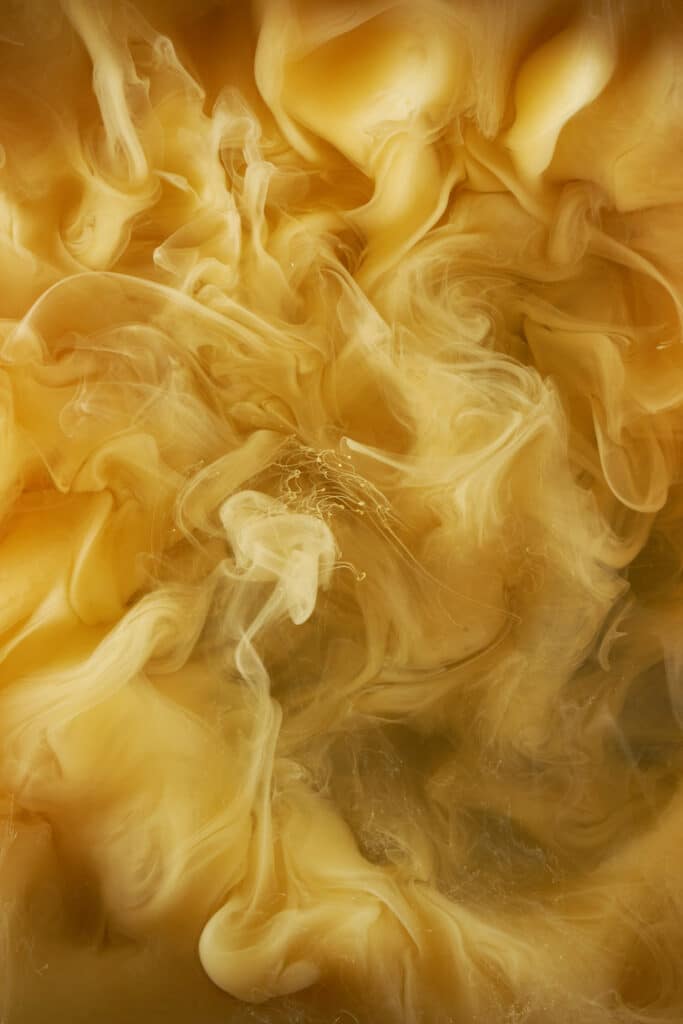

Longenesis
The next-generation LONGEVITY formula designed to slow down aging at a cellular level


Sleep
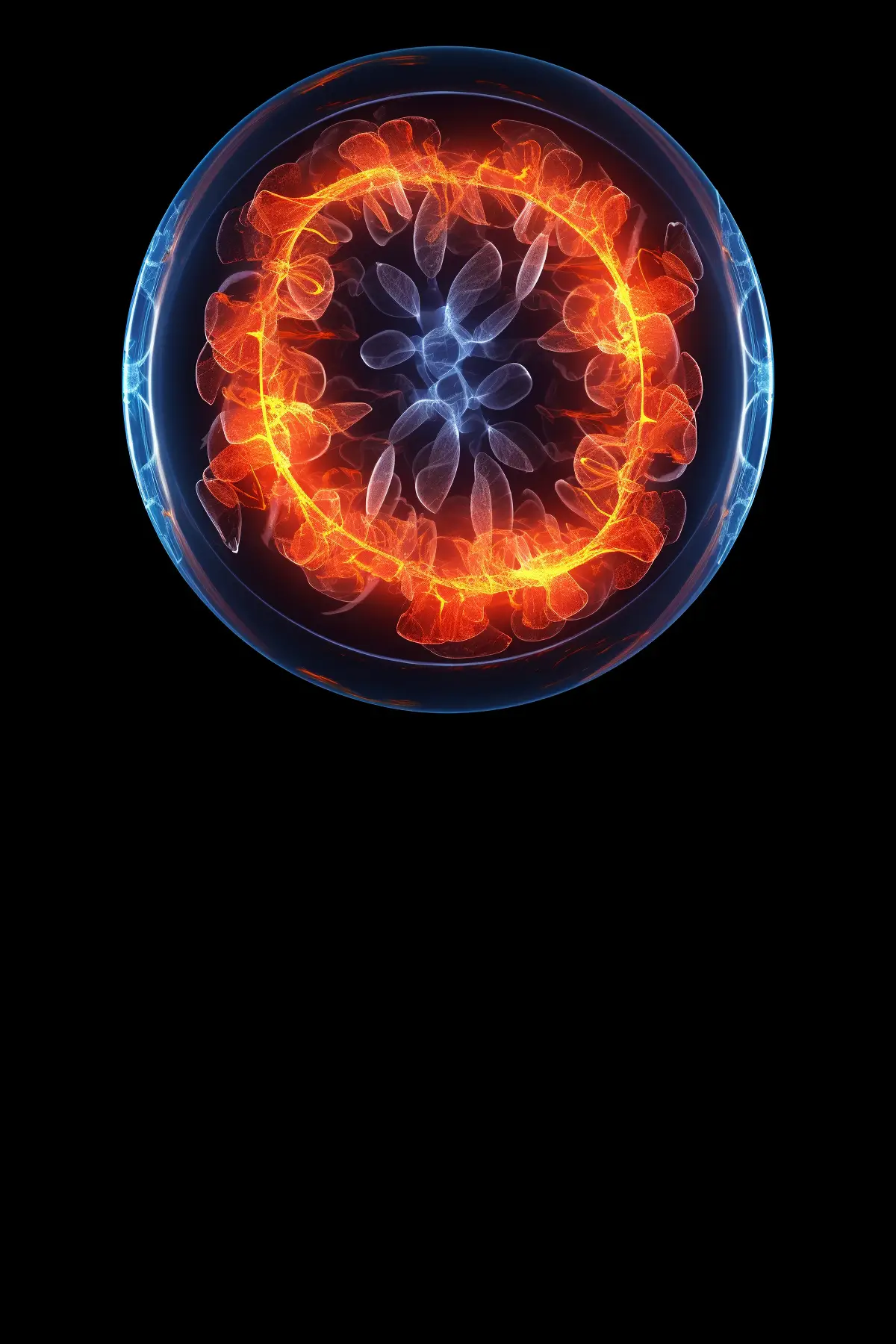
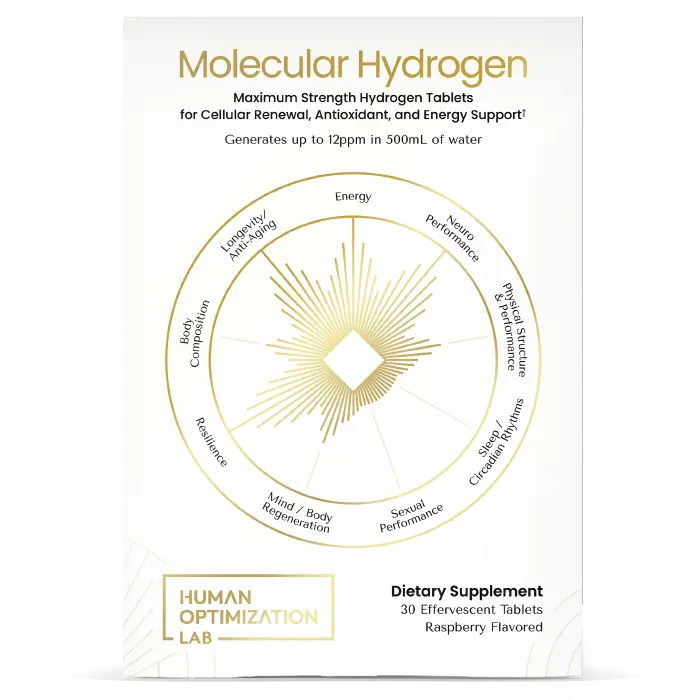


Longenesis
The next-generation LONGEVITY formula designed to slow down aging at a cellular level
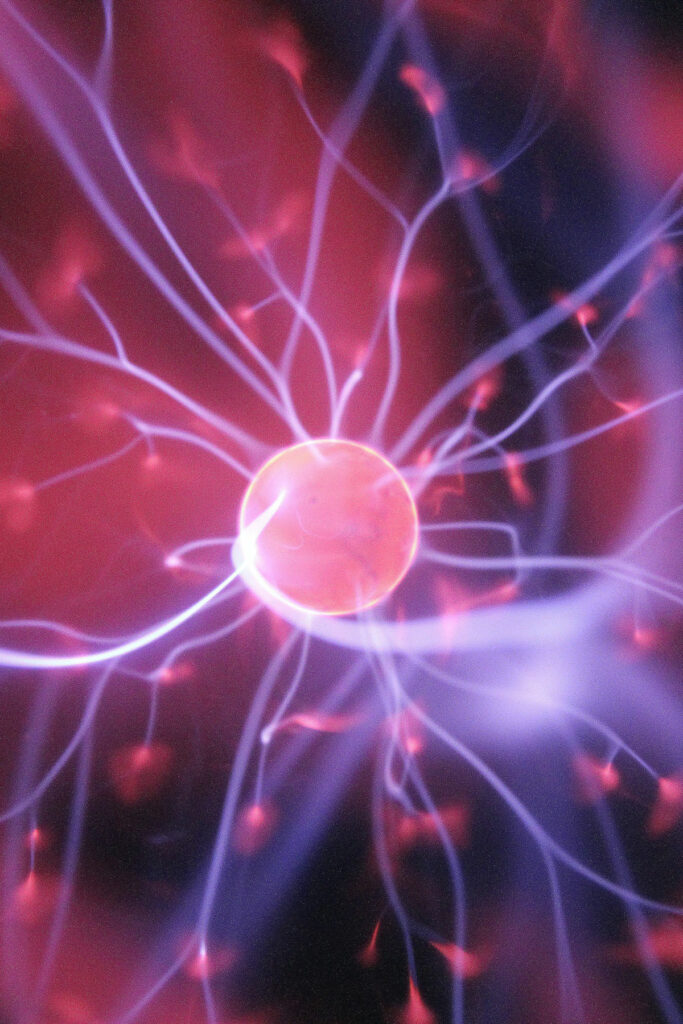
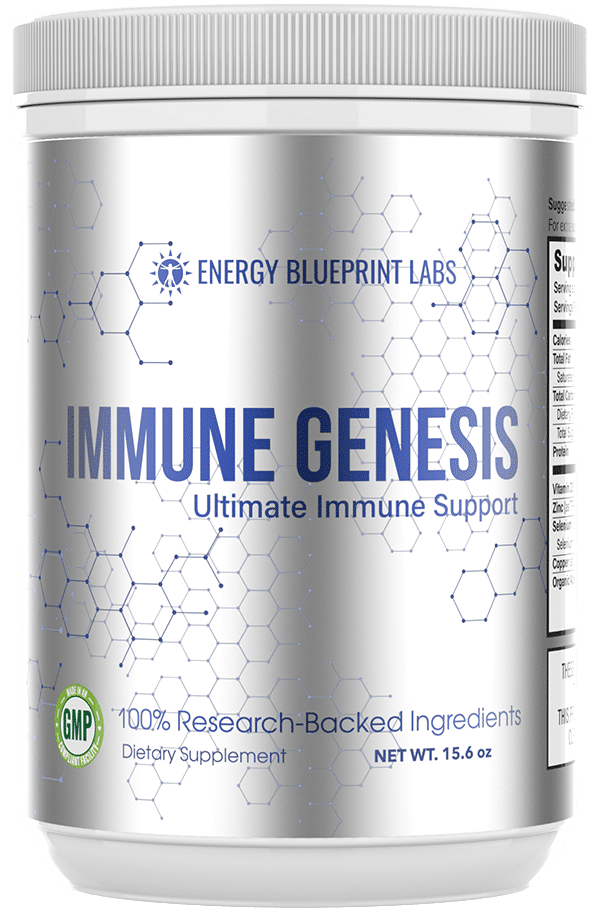
Immune
Genesis
The Ultimate Immune Formula To Build a Stronger, More Resilient, More Responsive Immune System.

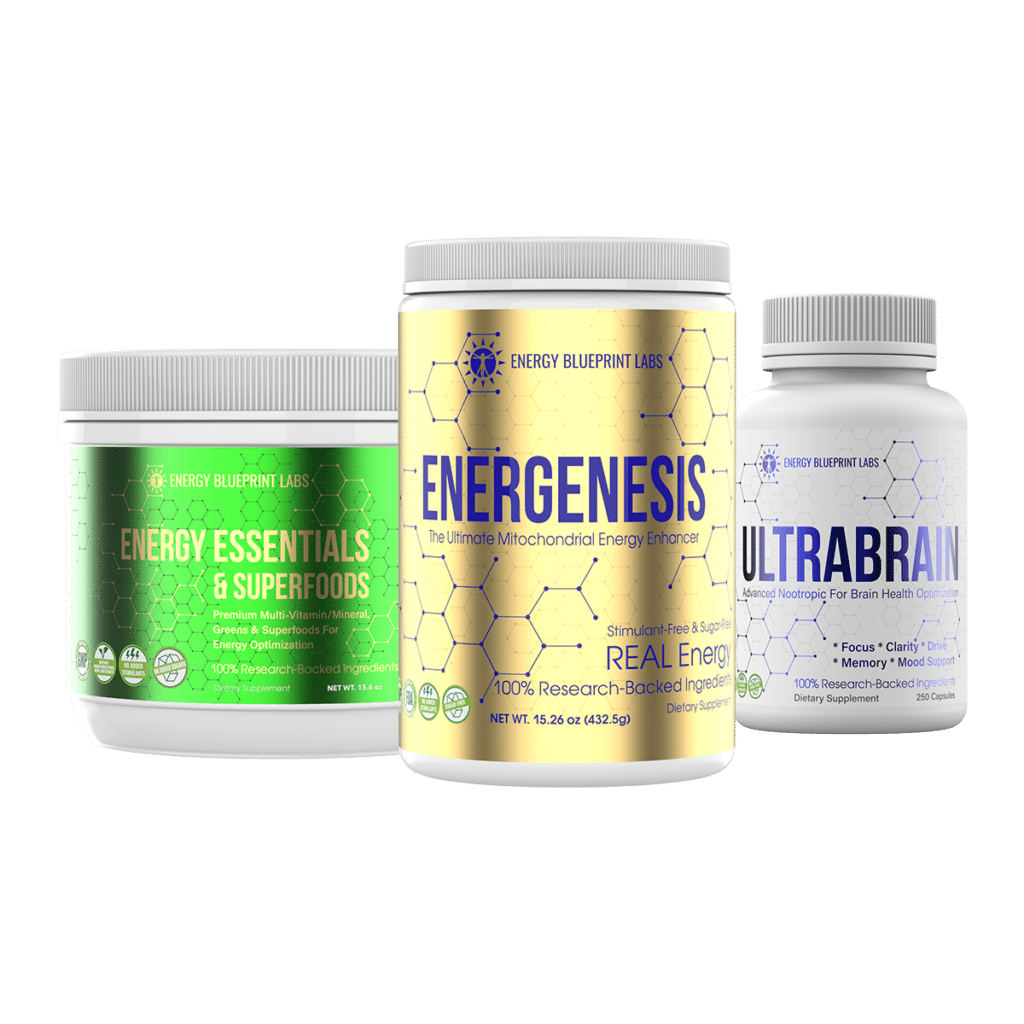
The ultimate energy bundle
Three of Our Top Supplements in Carefully Calculated Doses to Radically Transform Your Health.
Customers reviews
See what people are saying!




The Most Powerful Energy Supplements Available
Premium Supplements... That Work!

Ari Whitten
Founder of The Energy Blueprint
Creator of Energenesis & UltraBrain
At The Energy Blueprint, we do things differently when it comes to supplements. Most manufacturers cut costs by putting in only 1/5th or 1/10th the effective dosages for their ingredients. This leaves people with an impressive looking supplement (on the surface), but one that leaves people wondering why they just spent money on something that they didn’t even notice an effect from. We do things differently! We create ultra-premium supplements that are true “20 in 1” supplements — they provide REAL doses of the ingredients, like what you’d get if you purchased each one individually. (But without 20 different bottles and 50 capsules to fiddle with.) Why do we do things this way? Simple: We are committed to YOUR results! Our goal is to make supplements that not only allow people to just notice an effect, but supplements that are so powerful that they can change lives. This is why we are committed to using the most powerful ingredients available, and why we are one of very few companies that use REAL DOSES.


